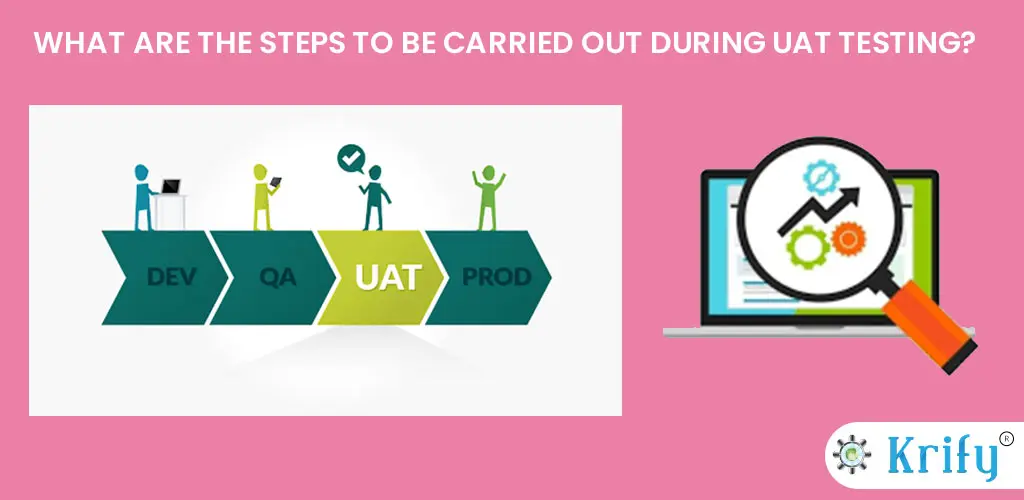Testing is one of the most crucial steps to be carried at every stage of developing an application. Apart from the application or software domain, we can even relate testing with real-life examples such as working on an appliance, an automobile, and every machinery that minimizes human effort.
Now, let us not deviate much from the topic. User acceptance testing (UAT) is the testing process carried out to evaluate user satisfaction and acceptance of the mobile, website, and software application, the last phase of testing carried out by professional testers or Quality analyst teams to evaluate the outcomes before they are deployed into the market.
There are different types of UAT and let us understand them in brief.
Different types of Testing:
Alpha Testing:
This testng is performed to detect the flaws of bugs before deploying the product to real users or to the market. Alpha testing is performed by the internal testing team to authenticate user experience usability, functions, and workflow.
Beta testing:
During beta testing, subject matter experts provide feedback and reviews about functionality issues from the user’s perspective.
Black box testing:
This type of testing is performed by sharing the end product to the users without providing the internal coding structure.
Contract acceptance testing:
Contract Acceptance Testing involves testing the developed application against predefined norms and specifications agreed upon and incorporated in the contract.
Operational acceptance testing:
The objective of Operational testing is to ensure easy system operation in its standard operating environment (SOE).
Regulation acceptance testing:
Regulation Acceptance Testing, also termed as Compliance Acceptance Testing, cross-verifies whether the software application follows the governmental and legal regulations.
Carry out the following steps during Universal Acceptance Testing (UAT):
Planning UAT:
Start with an accurate plan for carrying out user acceptance testing. I will prepare a testing checklist to cover all aspects required in the process. Select the priority areas of the application that requires the major focus.
Design a test case:
To gain a better understanding of the output, interact with users in various scenarios by designing suitable test cases.
Test Execution:
Once the teams finalize the test cases, they will focus on the pending tasks. The team conducts testing in a conference attended by the client, project managers, developers, and all project team members. The team manager documents feedback from the client.
Integrate testing feedback:
After recording or documenting the feedback, the quality assurance team needs to focus on and prioritize the feedback’s severity. They need to even list down the feedback that doesn’t require much attention. It is also better to maintain the process of testing, feedback, and the team response short and accurate so that it is easily understandable by the person who reads it.
UAT Signoff:
Before releasing the application into the market, ensuring it has no flaws and meets the client’s expectations is crucial.
Conclusion:
Testing serves the purpose of ensuring the quality of products built and delivered. It is better to perform multiple tests on an application that is under development stage rather than deploying an end product with a minute flaw.
We at Krify develop robust mobile and web applications developed by our skilled professionals who perform all the necessary testings, including user acceptance testing, to ensure the quality of the application ready to be deployed.
Here’s a link to the original source of the image on our site: https://blog.testlodge.com/what-is-user-acceptance-testing/




